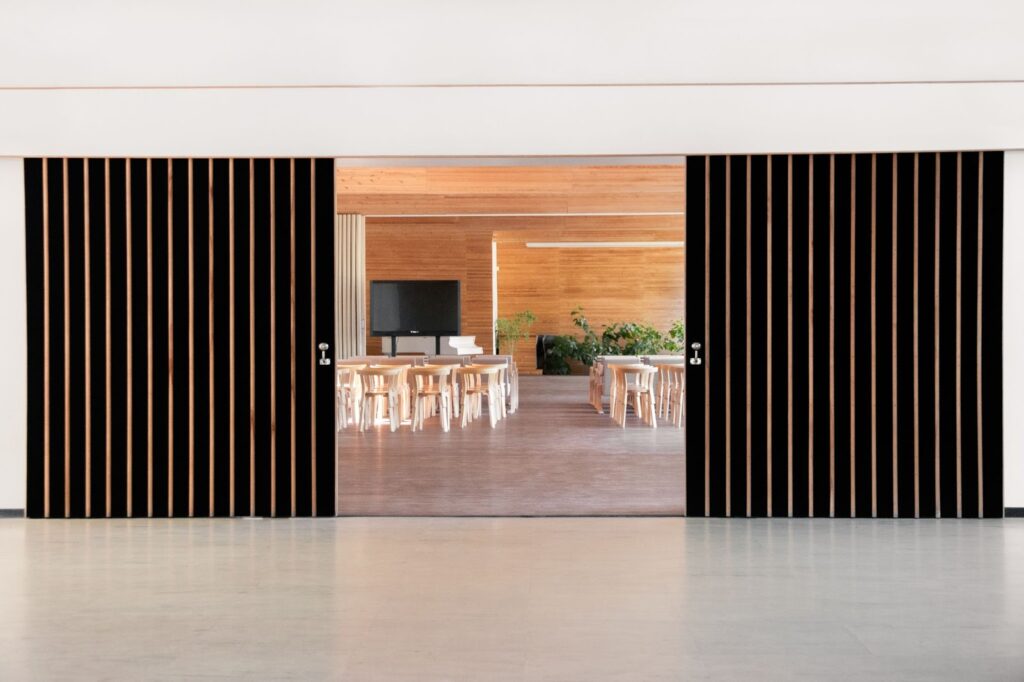
Are Pocket Doors a Good Idea?
If you are renovating or designing a home, then the choice of interior doors is essential, both in design and placement. Pocket doors are one style of door that may not be top of mind when considering new interior doors.
Older homes and homes with a small interior footprint often use pocket doors to save space and eliminate the need for a certain amount of clearance for the door to swing open. But are pocket doors a good idea for your home?
Here are all the details you need to know about pocket doors and if they’re a good design fit for your home.
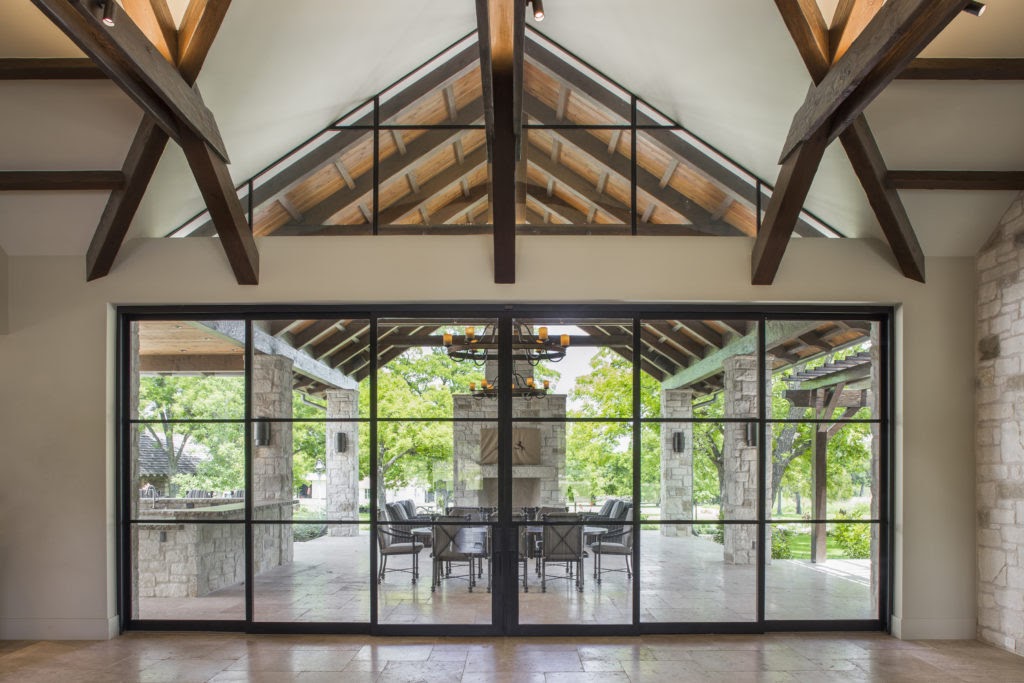
What are pocket doors?
The most recognizable type of interior door is a standard door that swings open on hinges to allow access to different rooms. The vast majority of interior doors in residential homes are hinged doors.
Although less common, pocket doors are another excellent solution for interior spaces, especially when you need to save space or there isn’t appropriate clearance for a hinged door to freely open and close.
A pocket door is a type of interior sliding door that disappears into a space built into the adjacent wall when the door is opened. Pocket doors slide along a track system built into the door frame and/or the floor that keeps them in place and allows them to open and close smoothly. Pocket doors can be single doors or double doors.
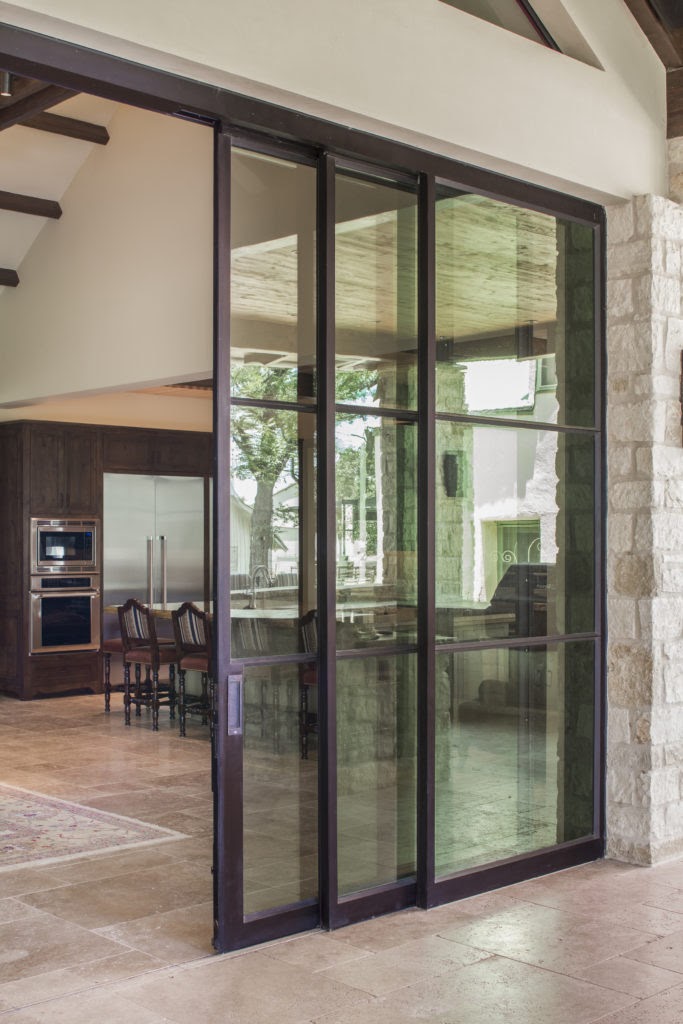
How are pocket doors used?
In the past, pocket doors were prevalent in Victorian-style homes. They were often used to create privacy barriers for areas like sitting rooms, offices, and dens. As the architecture and design of homes became more streamlined, pocket doors fell out of favor, along with many other Victorian-style design elements, because they were challenging to build and install. Simpler hinged doors became the go-to style of interior doors for homes because they were fast and easy to manufacture and install.
With advances in technology, changes in aesthetic preferences in home design, and increased interest in saving space in modern homes, pocket doors have seen a resurgence in popularity, especially for bathrooms, closets, laundry rooms, utility rooms, mudrooms, and home offices. Pocket doors can free up an average of ten square feet per door in a home when compared to the space needed for a hinged door, which gives homeowners more freedom in their design choices, as well as additional floor space for their design.
Find Out Which Door Style is Best For Your Home
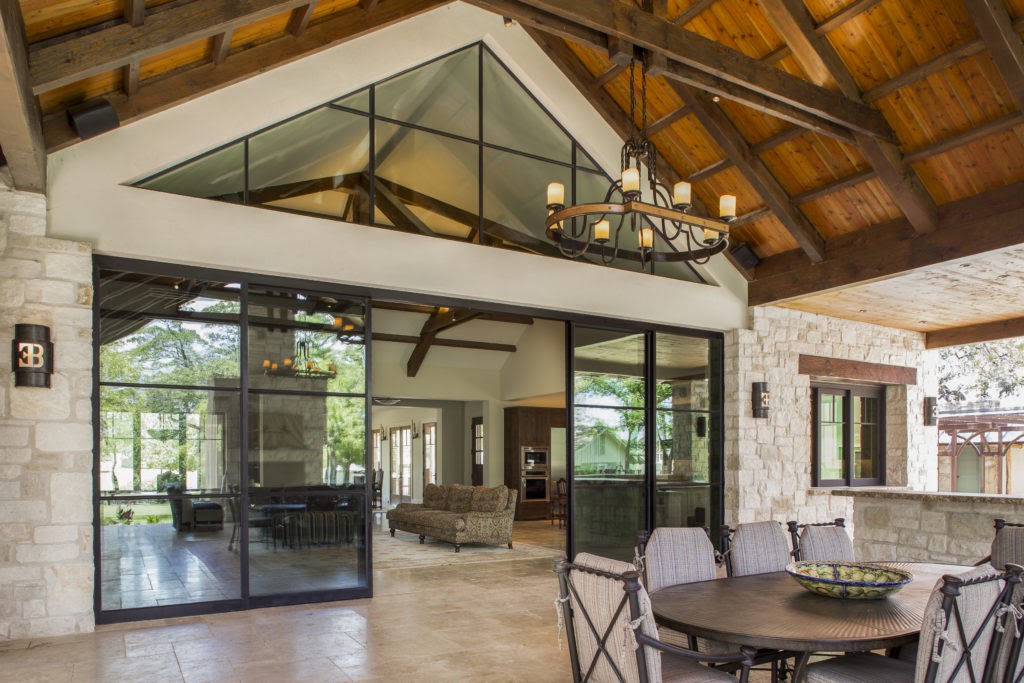
What are the benefits of pocket doors?
Choosing pocket doors for some of the spaces in your home can offer significant benefits:
Save space
Pocket doors are great space savers. Since they slide open into the wall cavity, they save space by eliminating the need for the clearance that a hinged door requires to swing open. You can use that extra wall space for anything you like.
Plus, pocket doors can make a big difference in areas where space is at a premium, such as a powder room-style bathroom or a laundry area. Without needing the space for a hinged door to swing open either into the room itself or out into a hallway, you can add that extra bathroom into a small space or create extra storage space in an entryway.
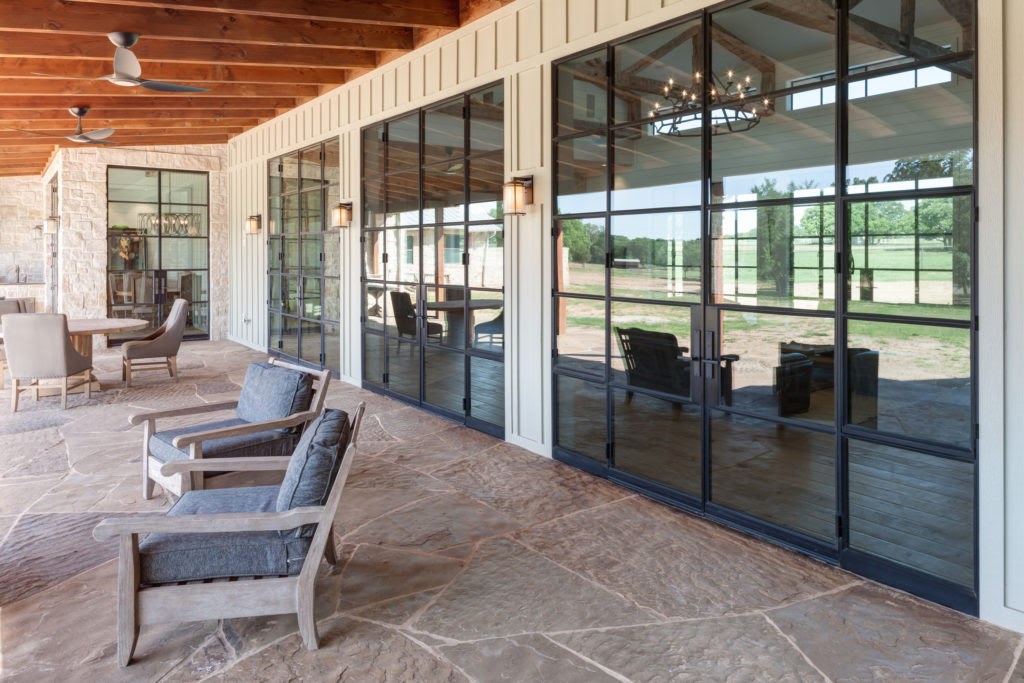
Minimalist
Pocket doors are a favorite in minimalist designs because they completely disappear into the wall when they’re open. They create clean lines in a design and uncluttered lines of sight throughout the space while still making it possible to close areas off for privacy when necessary.
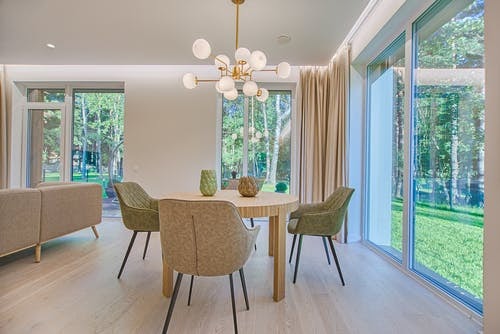
Enlarge spaces
Pocket doors make it possible to easily expand or contract spaces as needed when used between large areas, like a living room and dining room or den. Double pocket doors can be opened completely between spaces like this, which creates a seamless opening and makes it feel more like one ample space, rather than two divided spaces. But you can also slide the pocket doors closed whenever you want more intimate gatherings or need more privacy in one area of the house.

What are the disadvantages of pocket doors?
Like any home design feature, there are also disadvantages to pocket doors, as well.
Hard to install and repair
Since pocket doors operate on a track system and slide into the wall cavity, they are more labor-intensive to install and more difficult to repair. The track system must be built into the wall’s framing, which requires precise measurements and specific installation techniques.
For this reason, pocket doors are usually not added to a finished home unless a remodel is being done where a home is taken entirely down to the studs. Otherwise, the labor required to install a pocket door often doesn’t make sense.
When repairing a problem with a pocket door track, the wall often has to be completely opened up, and then the drywall is repaired after the track or door problem is resolved. With a standard hinged door, installation and repairs are much more manageable and rarely require any changes to the surrounding drywall.
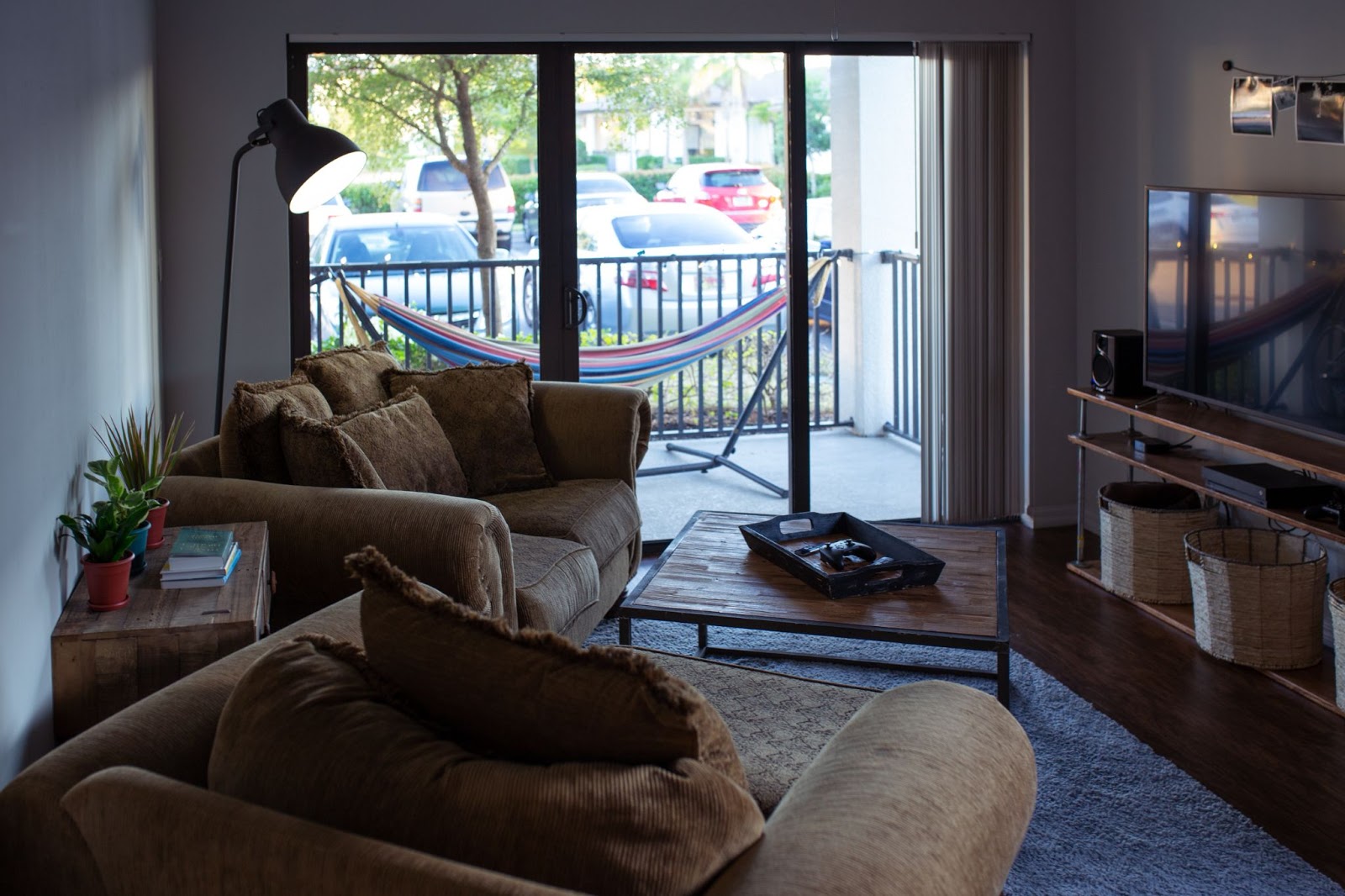
Not as secure
Since pocket doors have to slide inside a wall cavity on a track, they are usually thinner than traditional hinged doors to give them space to slide without expanding the width of the interior walls.
Given the narrower profile, they are less sturdy than other types of solid interior doors. They also use a latch system, instead of a normal doorknob or handle, with a lock which can be a less secure locking system.
This is especially true if the doors are vintage. This is why pocket doors tend to be found in common areas of the home rather than being used as bedroom doors.
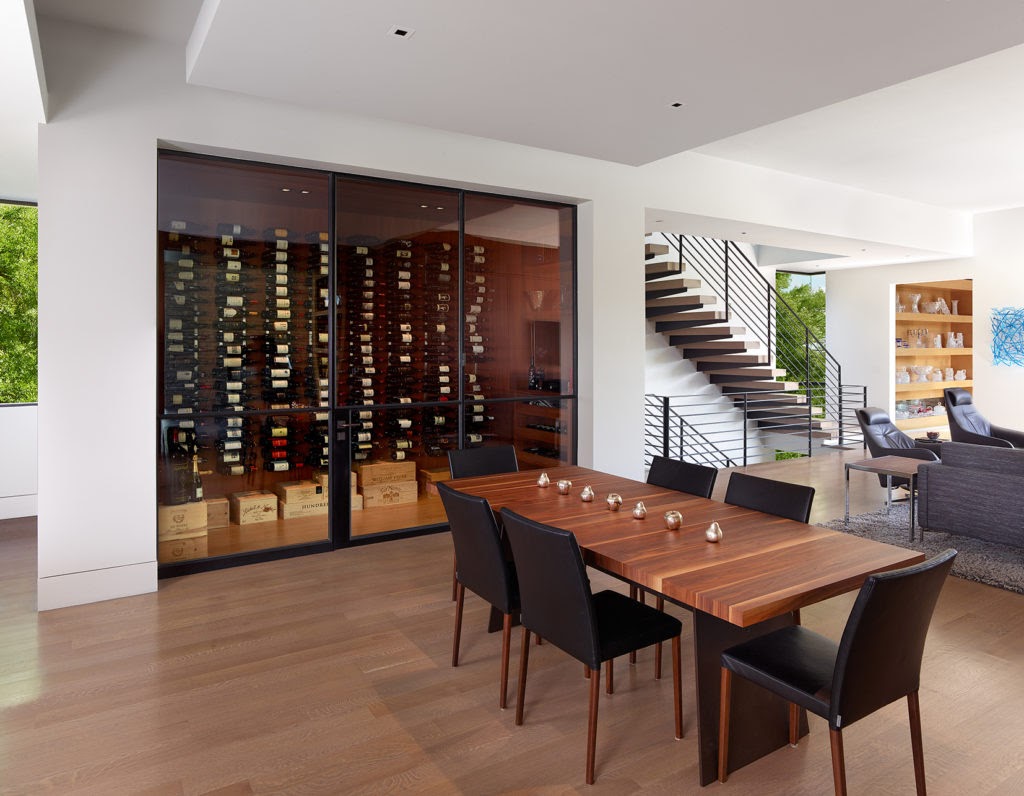
Should you use pocket doors in your home?
Though pocket doors aren’t as popular as they once were, they are seeing a resurgence in popularity in homes that feature a very modern look with clean lines and minimalist features. In addition, a variation on pocket doors has seen increased popularity in design circles in the past few years.
Often referred to as barn doors, they are a type of interior sliding door that operates on a track attached to the outside of a wall. So, they operate on a similar basis to traditional pocket doors but don’t slide into the wall, making them much easier to install and maintain at any point.
If you like the design and function of pocket doors and don’t mind the potential maintenance headaches associated with installing and repairing traditional pocket doors, there’s no reason you shouldn’t install pocket doors in your home. They, like many types of custom interior doors, offer a lot of benefits and can add functionality to homes in many different ways.
Leave a Reply